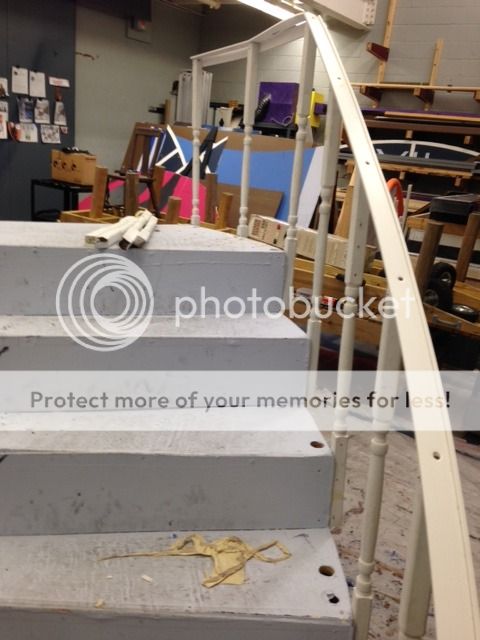TracyT13
Member
Hello Folks,
This is my first year as the technical director in a high school. I'm new to the education end of theater, but I've been involved in theater, in some form or another, for over 30 years. Back in the days as a tech, my field of expertise was props. It's been 20 years since I've graduated college so many things have been lost in my head.
Here's the thing: I need to attach Hollywood flats to wagons and I'm not sure about the best, safest way to go about this. Any suggestions?
This is my first year as the technical director in a high school. I'm new to the education end of theater, but I've been involved in theater, in some form or another, for over 30 years. Back in the days as a tech, my field of expertise was props. It's been 20 years since I've graduated college so many things have been lost in my head.
Here's the thing: I need to attach Hollywood flats to wagons and I'm not sure about the best, safest way to go about this. Any suggestions?



